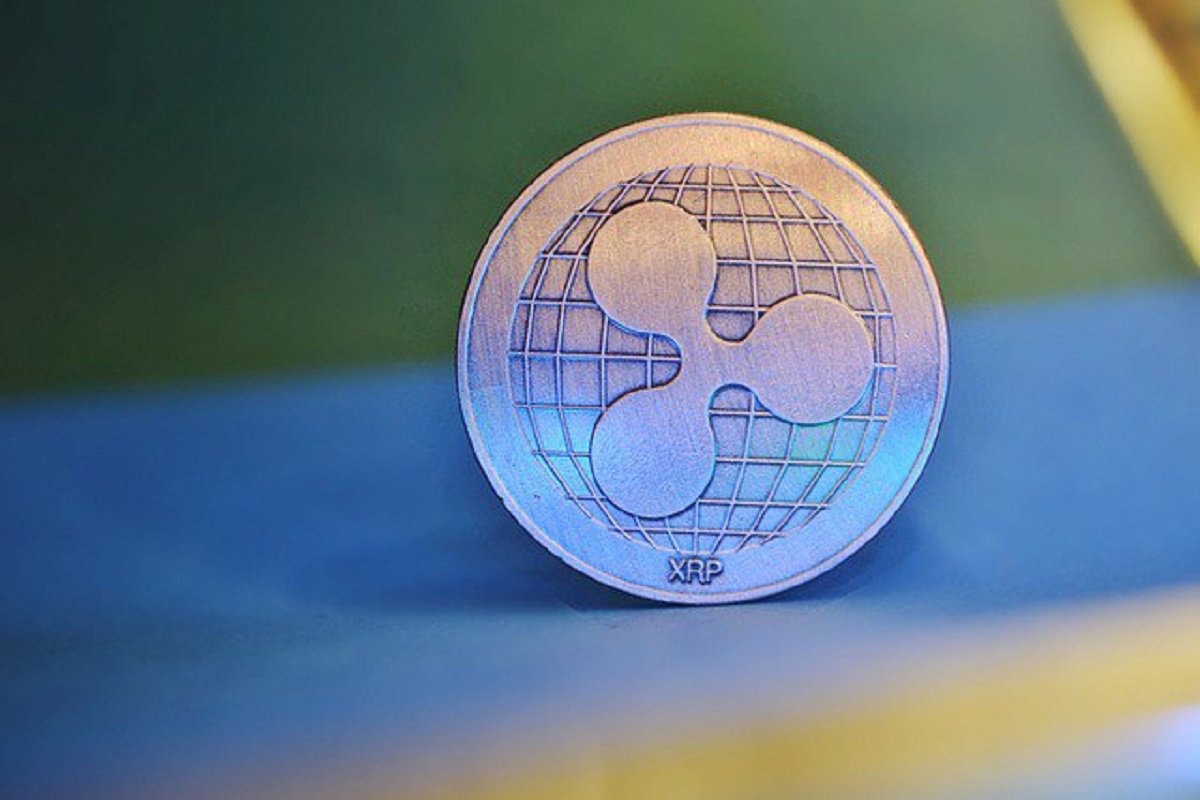- Ripple has taken the lead over SWIFT in the BIS Cross-Border Payments Task Force, highlighting its growing influence in global finance.
- By offering faster, cheaper, and more transparent blockchain-based transactions, Ripple is shaping the future of international payments.
Ripple XRP has emerged as the leader over SWIFT within the Bank of International Settlements (BIS) Cross-Border Payments Task Force in a groundbreaking shift that signals a new chapter in global finance. This pivotal development highlights the rise of blockchain technology as a faster, more efficient alternative to traditional financial systems for international transactions.
BIS and the Push for Payment Innovation
The BIS, known for its role in coordinating global financial policy among central banks, launched its Cross-Border Payments Task Force to revolutionize how money moves across borders. For decades, SWIFT dominated this space, acting as the go-to network for interbank messaging. However, the rise of blockchain-driven solutions is challenging the old guard.
Ripple’s inclusion—and now leadership—within the BIS initiative marks a seismic shift. Unlike SWIFT, which only transmits payment messages, Ripple offers both messaging and instant settlement through its XRP-powered network.
Ripple Technological Edge: Speed, Cost, and Transparency
Ripple’s XRP acts as a bridge currency, enabling near-instant cross-border settlements via its On-Demand Liquidity (ODL) solution. By eliminating the need for pre-funded accounts and middlemen, Ripple slashes transaction times from days to seconds and reduces costs dramatically.
While SWIFT continues efforts to modernize with projects like SWIFT gpi, it has struggled to keep pace with Ripple’s agile, blockchain-based model that financial institutions are increasingly embracing.
Why XRP’s Role in the BIS Task Force Matters
Ripple’s leading role isn’t just a milestone for the company—it’s a validation of blockchain’s real-world use cases in global finance. With over 300 financial institution partnerships and growing interest in central bank digital currencies (CBDCs), Ripple is well-positioned to serve as a key infrastructure layer for future financial systems.
A Glimpse Into the Future of Money
XRP’s rise within the BIS task force signals a broader transformation. As financial ecosystems evolve, blockchain solutions like Ripple are not only participating—they’re leading. The era of slow, opaque, and expensive international transfers may be drawing to a close, with Ripple lighting the path forward.



